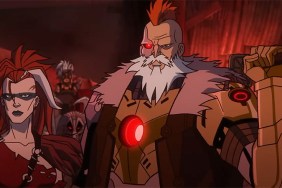For the past 30 years, Mortal Kombat has given eager kombatants the means to test themselves against fierce opponents. The spirit of competition stayed the same, but the arenas have changed a lot over those three decades. From Earthrealm to Outworld and everything in between, the characters of Mortal Kombat have thrown hands in the streets, graveyards, prisons, temples,…

This is just an article test. #1









